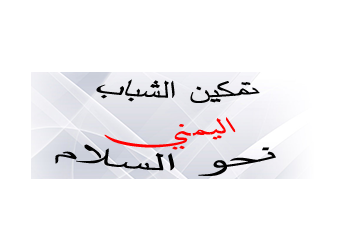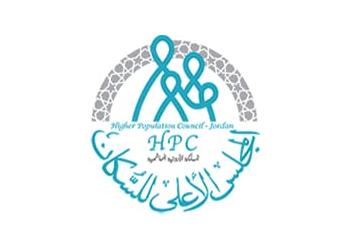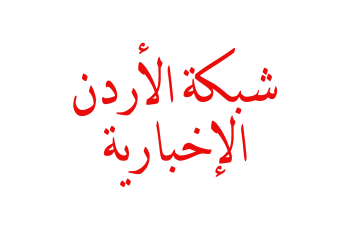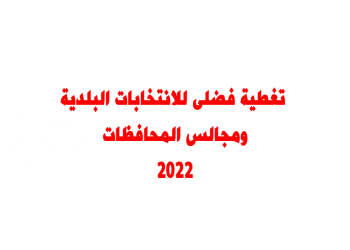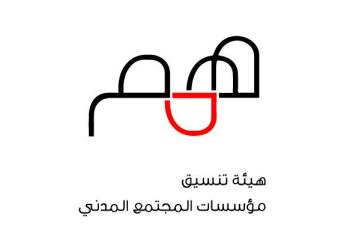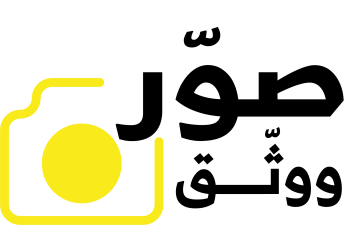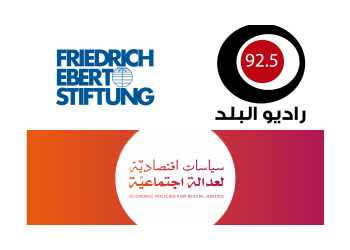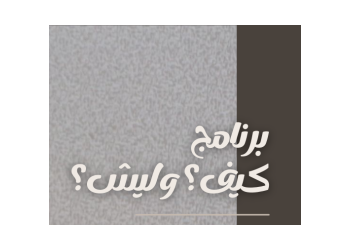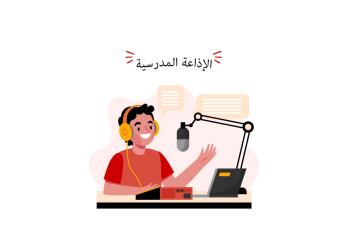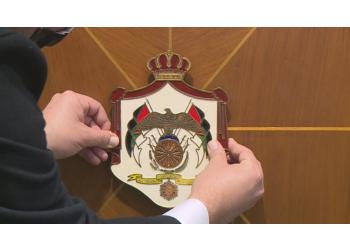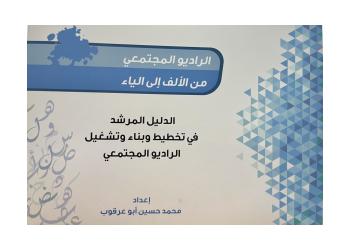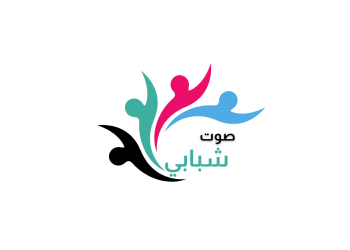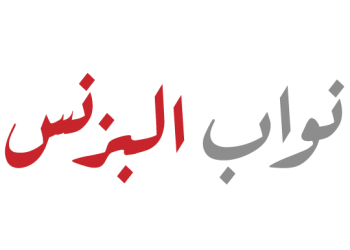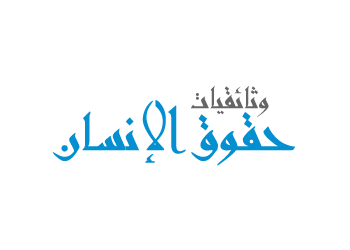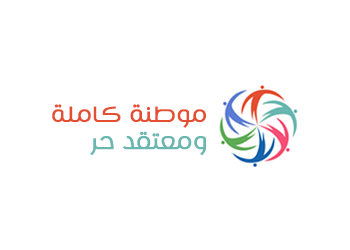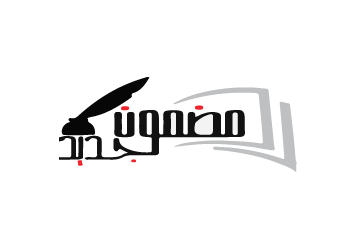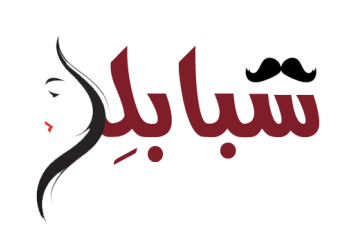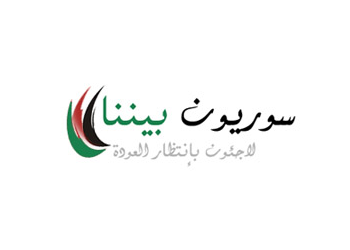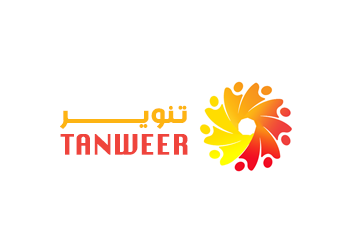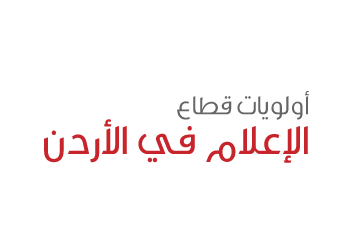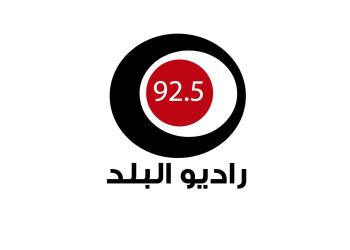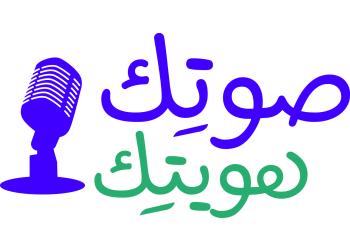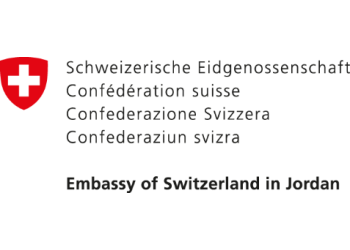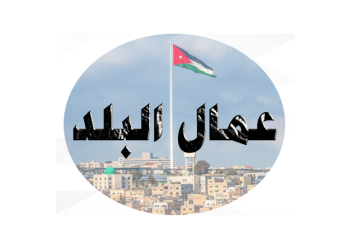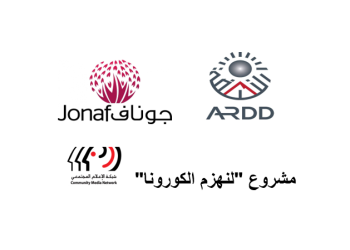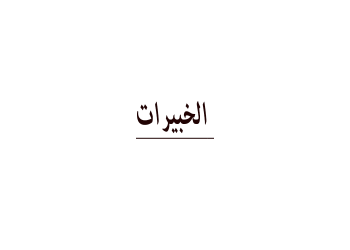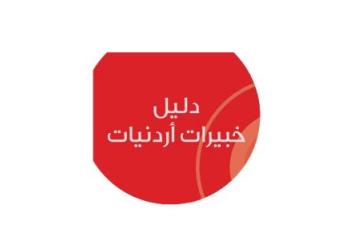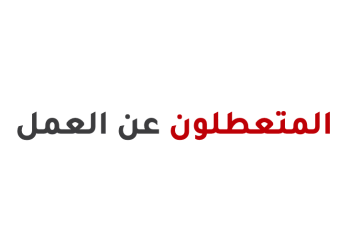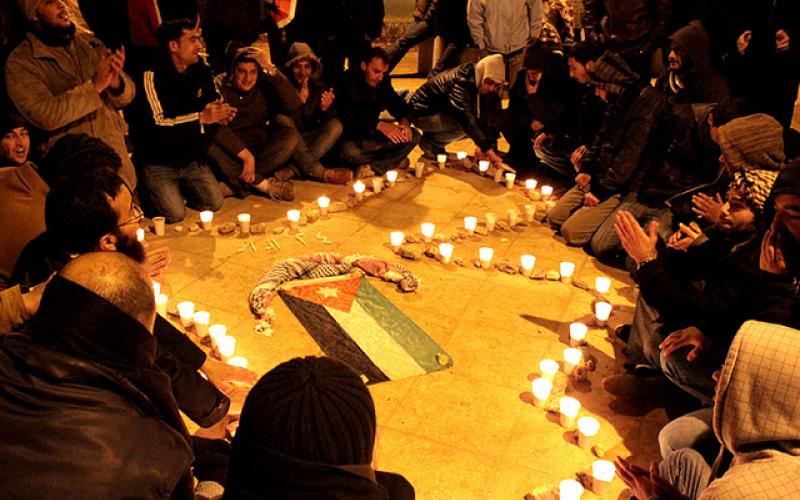
Disclaimer: the following post is long. I don’t apologize for its length. However, those wishing to comment on it should at least show me and others the respect of actually reading it all before doing so. The first part is my personal eye-witness account of the events that transpired on March 25th at the Interior Ministry circle in Amman. The second part is my personal commentary on what I believe the outcome of these events will be on the Jordanian landscape
When a group of young Jordanians from various backgrounds decided to hold a sit-in at the Interior Circle on March 24, the first thought that occurred to me was that this was a recipe for disaster. Given the security apparatus’s history with crowd control, there was no way a sit-in would be allowed outside the governorate office and so close to the Ministry of Interior. I was also filled to the brim with drawn out cliche conclusions about who these guys were and what their demands would be. I am generally weary of most protests, demonstrations and rallies in a country like Jordan as I feel they yield little results beyond getting some minor international media coverage. But I do understand the need for them in a country like Jordan where all other effective mechanisms of accountability are closed off to the public. In other words, unless people take to the streets there is little they can do by way of holding the political apparatus of this country accountable. In other words, these demonstrations do play their role in acting as organized pressure groups, in the total absence of actual organized pressure groups.
With stereotyped conclusions on one shoulder, and a low bar of expectations on the other, I decided to pay the sit-in a visit at 1am on a Thursday night after reading several “reports” that trucks filled with rocks were being mysteriously transported to the Interior circle to arm other groups aiming to attach the March 24 shabab. Not one to buy in to conspiracies, I went. And what I saw was quite baffling. Underneath the bridge was a fairly well-organized group of young 20-something year olds. They had their posters in Arabic and English. They had a truck with a sound system. They had low-level organizers with bullhorns who would walk around making sure their group kept to the sidewalk. They had brooms and garbage bags, and people designated the task of keeping the area clean. They had tents, food, laptops, Internet connections, digital cameras, camcorders, a live feed going, as well as a fire roaring in near-freezing weather. At the tip of the sidewalk, their members were lined up facing the circle, where across from them was another group, and in between them both were about two dozen policemen.
And so I spent the next few hours, in the middle of a cold night, listening. Listening to what each group was saying and trying to figure out where each stood, what each was there to do, and what the make up of each group was. At first, it was near impossible. Both groups were singing and playing patriotic or nationalistic songs, as a display of loyalty to the King and country, and both groups were chanting slogans that were pro-monarchy. This went on for quite a bit that to a large extent, it became a competition between two forces over whom was more patriotic and loyal to the King. But then came the differences.
As the hours progressed the March 24 shabab began to make a few declarations of what they sought to achieve. I do not recall a single thing that they said, which the King himself has not either said in the past few weeks, let alone the past few years. At the top of their list was having an elected government under a constitutional monarchy where the King is the sovereign ruler. At the top of their list was cutting off the interference of the security apparatus (the mukhabarat) in the lives of the average Jordanian, or more specifically, the lives of Jordanian youth, especially on campuses. This last point likely emerged due to the King having had expressed the exact same sentiment not one week ago. And so on and so forth. Their main slogan was calling for “islah il-nitham” or, reforming the system. Why were they there? Why did they decide to have a sit-in? The general consensus seemed to be that by launching this sit-in they could put pressure on a system to carry out the reforms the King has been calling for. Perhaps having a King who admits publicly that there have been societal and political elements who acted as obstructions to reform, can have some influence over this kind of approach. I don’t know how alive this kind of thinking was at an organizational level for the March 24 “movement”, but many of those that I spoke to that had come to the sit-in thought along those lines. The feeling that if they presented themselves publicly, that this would some how offer political capital for the King to carry out reforms amidst an apparatus that has difficulty accepting change.
This is largely what I understood from the youth that were there. I also gleaned from the gathering that a significant portion of them, and perhaps nearly the majority, were neutral. They were not associated with political parties. There were some leftists, communists, socialists, and yes, even some Islamists - but for the most part this seemed to be a group of people who represented “the other”. Many of those I spoke to came only because they did not feel represented by other mainstream political parties, and saw March 24 as an alternative they could get on board with. The fact that the movement had “banned” any other flag other than the Jordanian flag to be raised, seemed to appeal to some of them, and the fact that there were also tribes and families involved, was another appeal factor (a large banner featuring the King could be seen hung from the bridge above them, donated by an Abbadi, a known Jordanian tribe). Again, this is what I gleaned from the people that were there. Most of the organizers were unknown individuals and some were from university youth groups and/or students councils, et cetera, so there’s really no history to go on. This may have been what helped create an “Islamist” propaganda around them, but in my book, they were anything but Islamists.
The other group is a bit easier to define. What to call them was problematic. In many circles they have been commonly referred to (by myself included) as “loyalists” - people who strictly backed the King and were interested in very little beyond that. I discovered that it was problematic to call them “loyalists” as it was a label that actually helped them achieve their goal of categorizing everyone else as being disloyal. They later on began to call themselves, specifically in their chants and to each other, as “Baltajeyeh”. For those who are unaware of the term, it is quite a foreign word for Jordan, and was used widely to describe the paid-by-mubarak crowd that sought to disrupt the activities in Tahrir square last month. In Jordan, its equivalent is “zu’ran” or, just plainly, trouble-makers. The word itself carries great negative connotations. However, when this crowd began to refer to itself as such, well, who are we to argue? While reporting on these events via Twitter, I used the word to describe them as such quite often, and in retrospect, despite it being the easiest word and/or label to use when typing on a phone in 140 characters, cold weather and relative chaos, it was a mistake on my part. I generally despise labels, but discovered the need for them when reporting, otherwise people consuming the information don’t know which group you are talking about. And this was an even more difficult task when describing two groups that have a great deal in common. It was not black and white. That said, I really didn’t like the word, despite their usage of it, specifically because of its negative connotations. Thus the best term perhaps to describe them was not related to their actions but rather their thinking, which was quite clearly anti-reform. Others who were not there might differ on this, but to anyone who was there, to anyone who interacted with them, to anyone who listened to what they were saying, it was quite clear, they were against any type of reform in the country, and specifically any reform being called out by the March 24 crowd. I should also state that during the Friday events, the March 24 organizers on the speakers consistently used the word baltajeyeh, which I think was a mistake on their part, especially for a group that was calling for national unity in the same breath. These words matter.
Unfortunate labels aside, this group was there for one reason and one reason only: to disrupt. Every action they took and every chant they chanted was intended to antagonize and disrupt. No more, and no less. They called the March 24 crowd “Shia! Shia! Shia!” and chanted curses in unison (you can see video of that here). During the Fajir (morning) prayers, they brought large speakers from a minivan, put them on the street, and blared patriotic songs to disrupt the call to prayers, and any of the youth that were starting to pray. That was quite shocking for me, as anyone who has grown up here knows that it is considered a cultural and societal taboo to play music during the athan.
During this night, every now and then, one of the anti-reformists would make an attempt to charge the crowd with a stick in hand, but was moved back by the police, and this would elicit a positive response from the March 24 people who were holding the line, and usually applauded or cheered the police.





